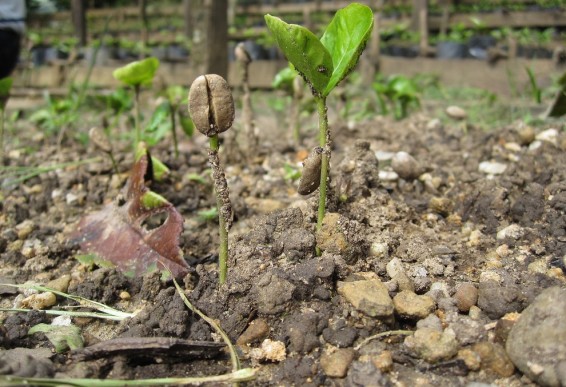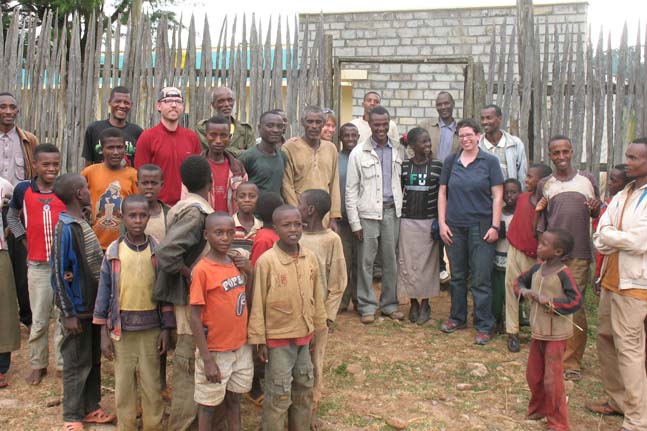
“The threat of nuclear weapons and man’s ability to destroy the environment are really alarming. And yet there are other almost imperceptible changes. I am thinking of the exhaustion of our natural resources, and especially of soil erosion. And these are perhaps more dangerous still, because once we begin to feel the repercussions, it will be too late.”
The Dalai Lama, 2002
Little Book of Inner Peace
Since the outbreak of the 2012 leaf rust crisis in Latin America, I’ve been digging in to better understand the root causes of this problem and what pushed it to such epidemic proportions. It’s been a rather heart-wrenching experience. But in the process, I’ve discovered an absolutely fascinating, and promising, universe in living soils and their incredible capacity to prevent illnesses such as leaf rust and other common diseases, while improving fertility and yields.
I’ve also come to better appre ciate the intricate and intriguing web of laboratory researchers, food industry giants, and national and international institutions. All tolled, they manage a mind-boggling amount of money, and are facing off with farmers and environmentalists — all jostling and vying to shape the way we think about the ground we walk upon.
ciate the intricate and intriguing web of laboratory researchers, food industry giants, and national and international institutions. All tolled, they manage a mind-boggling amount of money, and are facing off with farmers and environmentalists — all jostling and vying to shape the way we think about the ground we walk upon.
There’s a lot to unpack around these issues. But first, here’s a look at some amazing facts regarding the multifaceted system of Living Soils:
- There are more microorganisms in a handful of healthy soil than people living on the planet; or put in a different scale – there are some 5,000 different types of bacteria in a gram of living soil.
- It takes 500 years for nature to create one inch of topsoil, the most productive layer of living soil. Meanwhile, massive erosion can happen overnight!
- It’s not dirt; quite to the contrary, living soil has extraordinary cleansing properties! The minerals and microbes in soil are responsible for filtering, buffering, degrading, immobilizing, and detoxifying organic and inorganic materials.
- Living Soil consists of 45% minerals, 25% water, 25% air & 5% organic matter and can provide all the nutrients required for successful plant growth.
- Earthworms enrich topsoil by feeding on organic material in the soil and converting it into nutrients for plants. As they move through the soil it becomes more absorbent and better aerated.
- Some 1,400,000 Earthworms can be found in an acre of healthy topsoil, each one of them capable of digesting 15 tons of dry soil per acre each year.
- Soil is at the bottom of the food chain, yet it is the cornerstone of life on earth
- And soil is currently being touted as a possible solution to CO2 emission, with an enormous capacity for carbon capture.
If you’re still not hooked on deepening your understanding around soils, here are some additional, great, on-line resources, focusing on the components of living soil: Soil Quality and Functions and Soil and Carbon Capture.! Or, here for an overview of the Global Soil Partnership.
In subsequent posts, you’ll find examples of some of the fabulous, innovative work being done by our producer partners around soil improvement and to better understand and cultivate the complex network of life in the soil and to restore the vitality and productivity of their plots!
Author: Monika Firl
September 24, 2015
























Unbelievable that there are more than 5,000 types of bacteria in one gram of healthy soil. AND that it takes nature up to 500 years to create one inch of topsoil. Good information….thanks